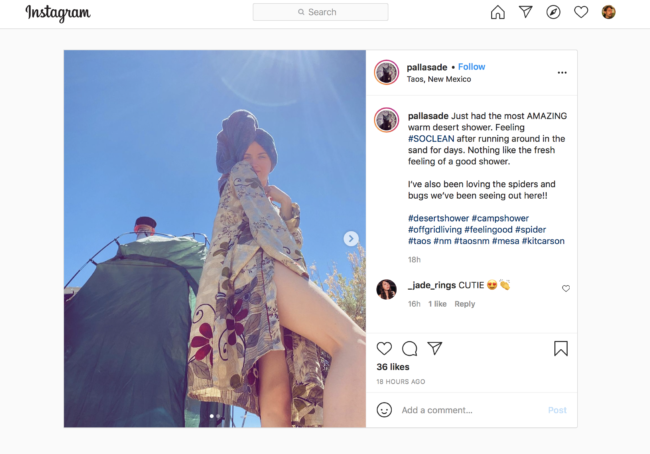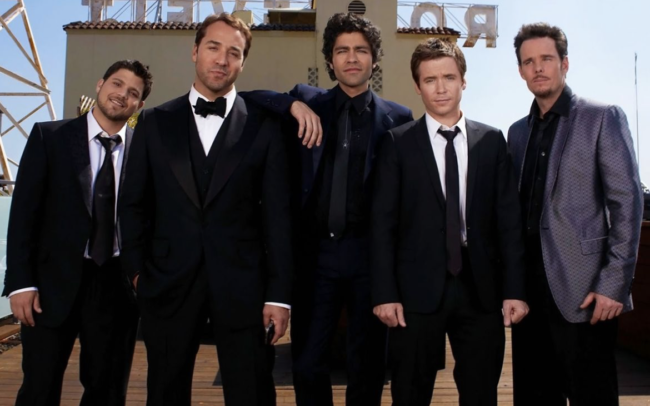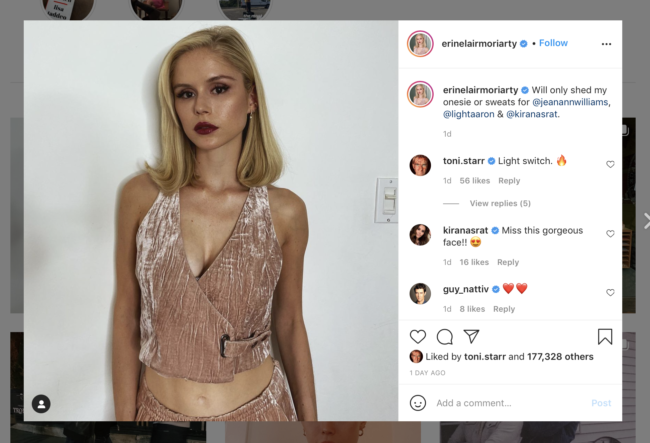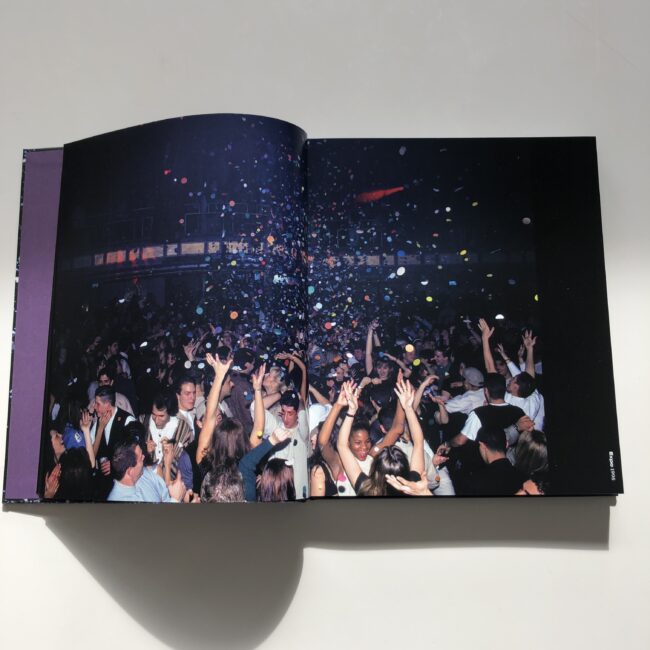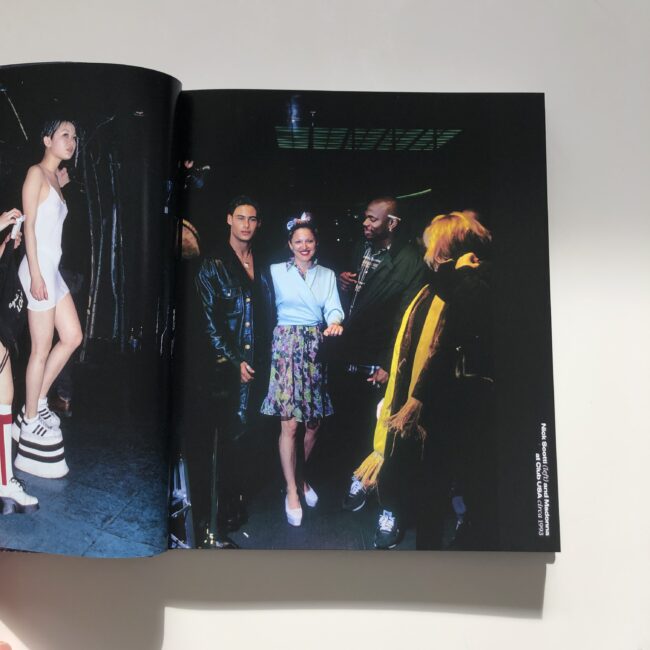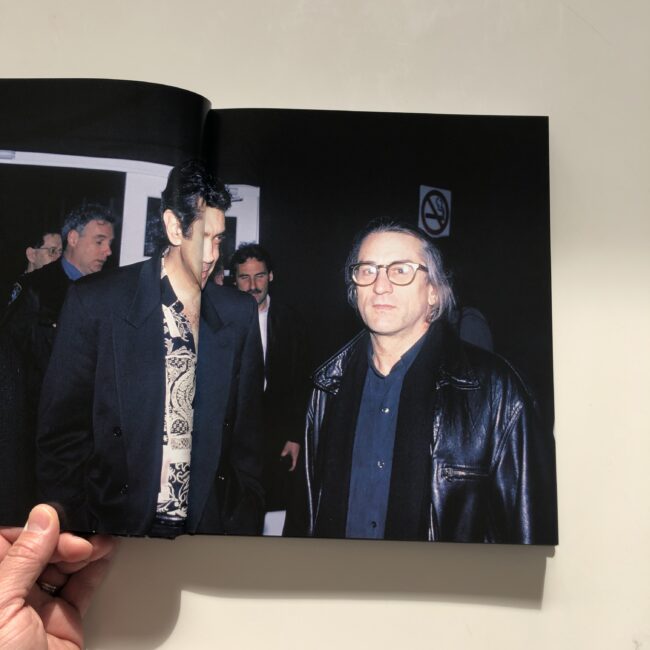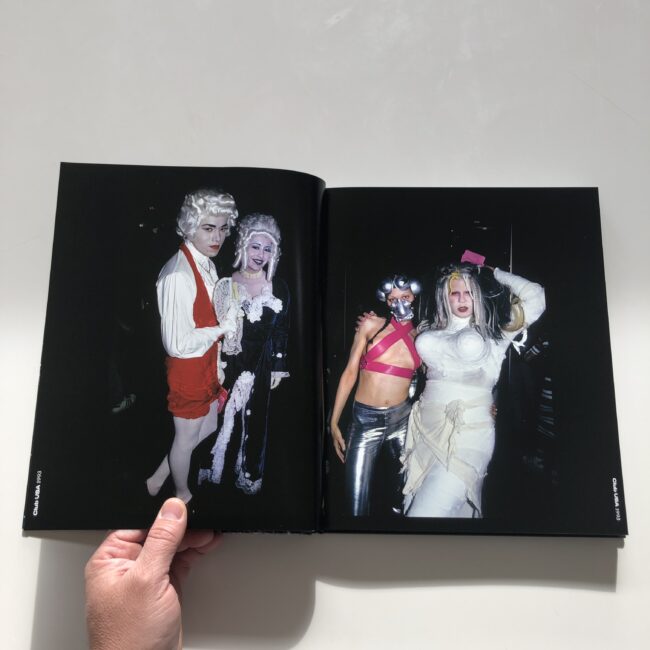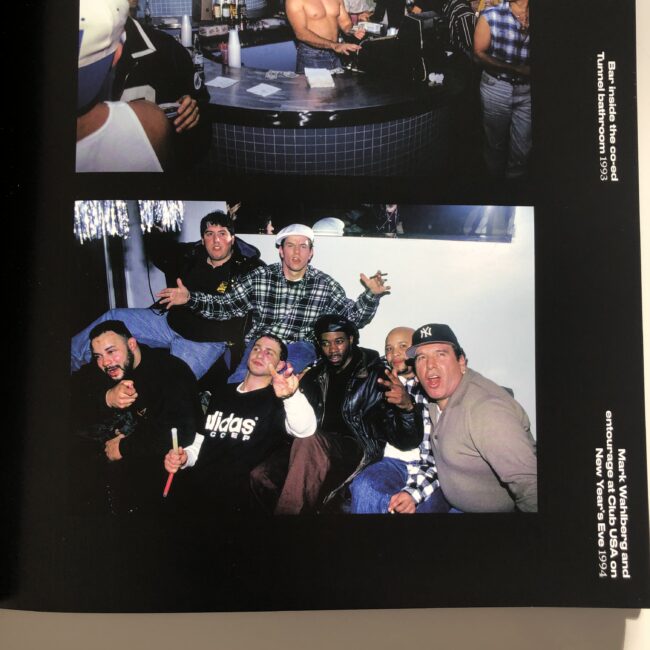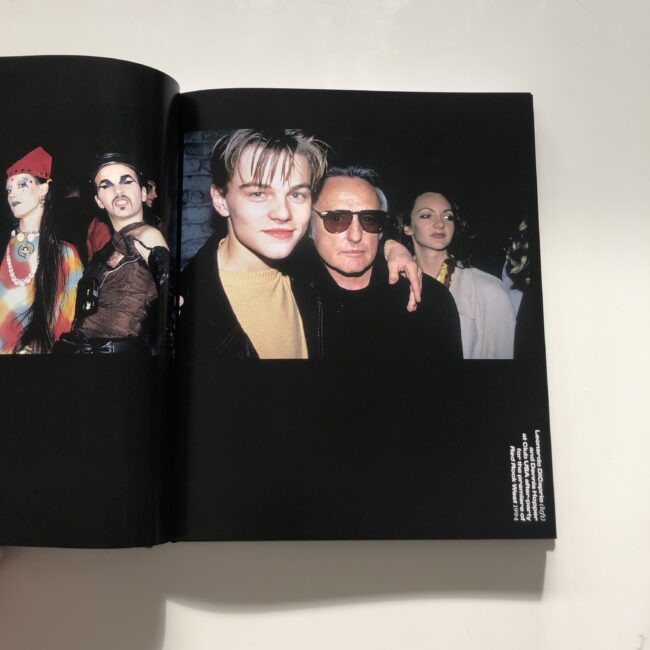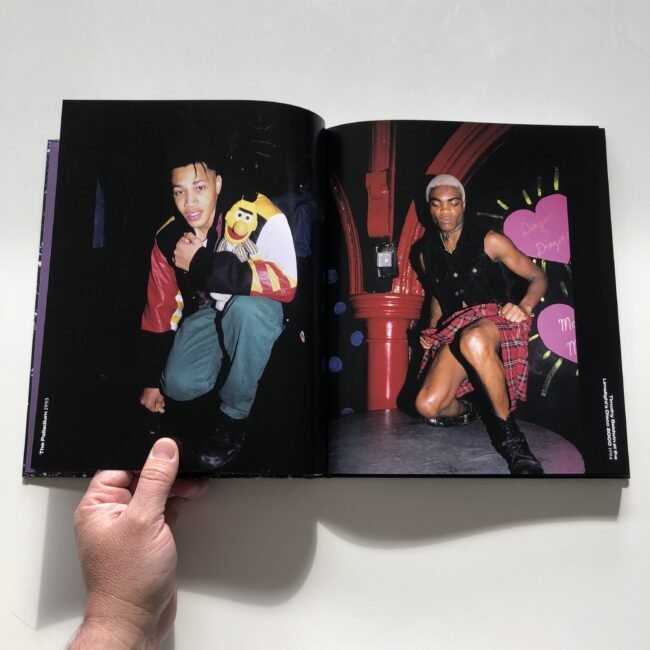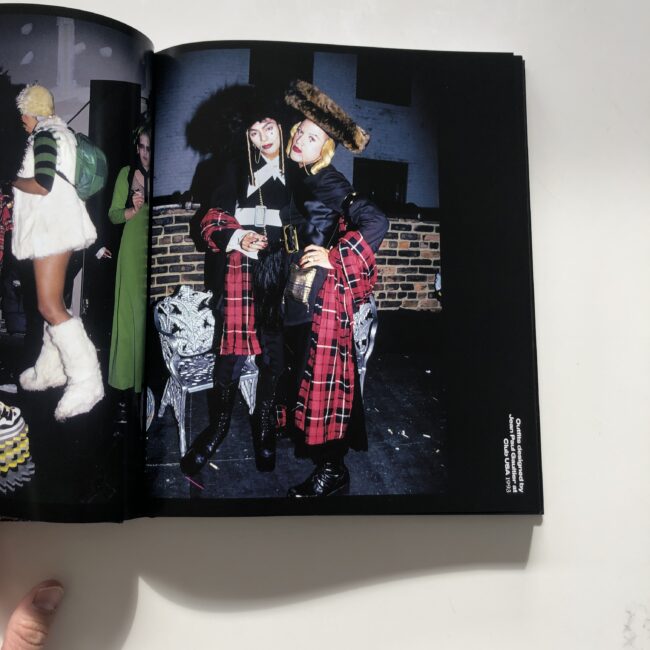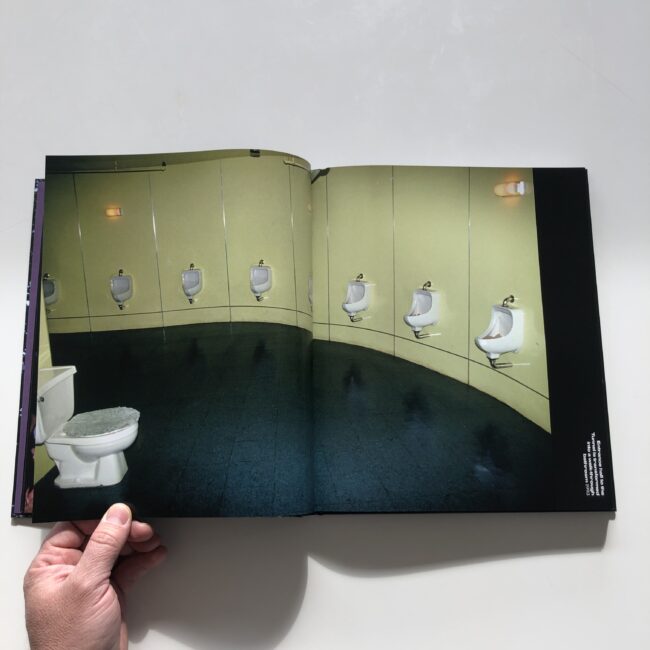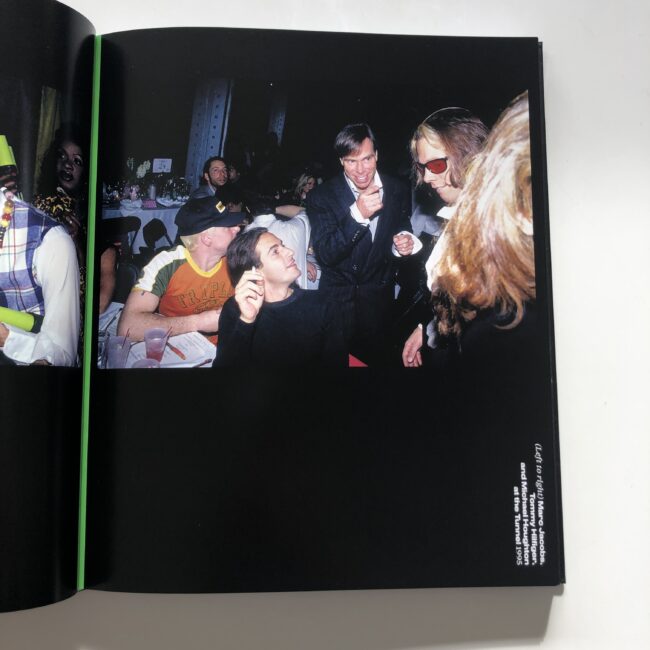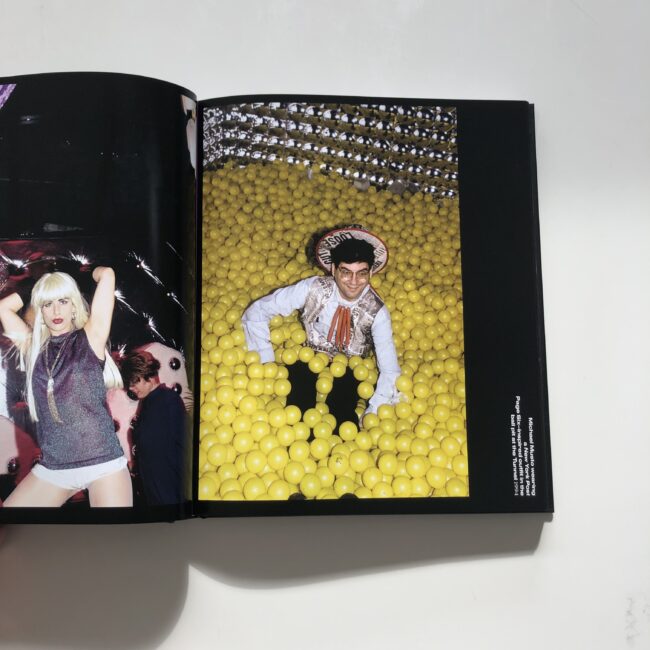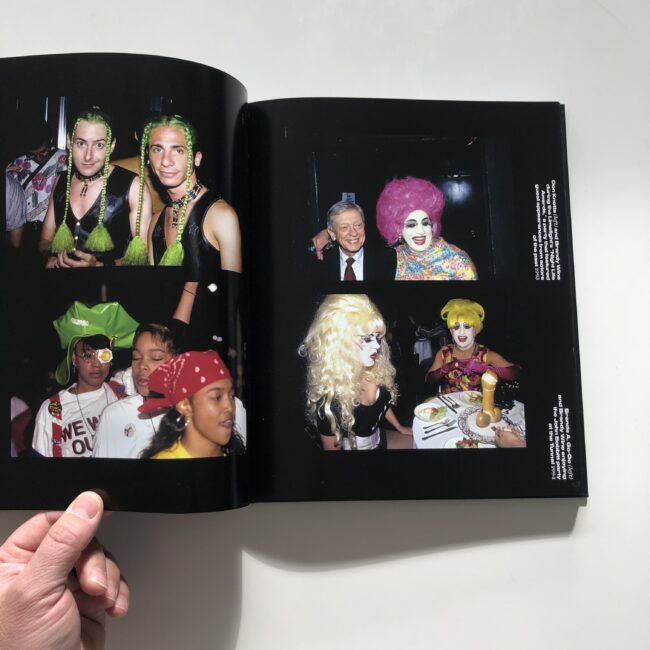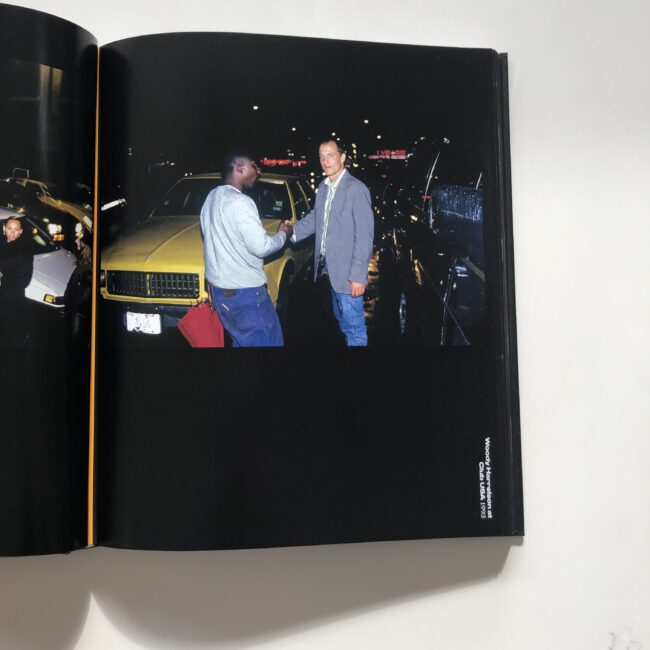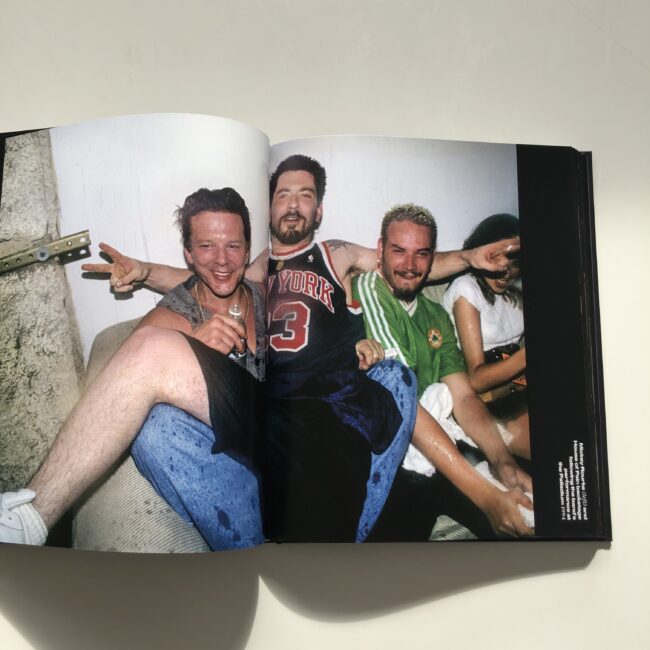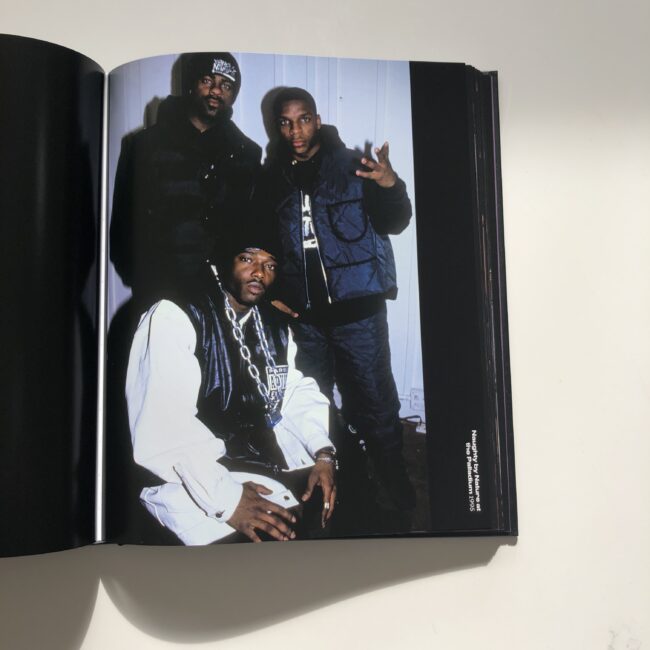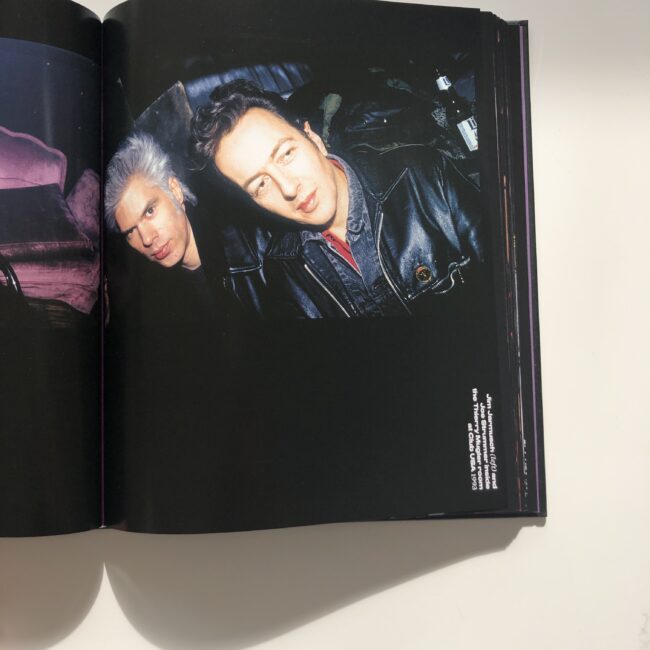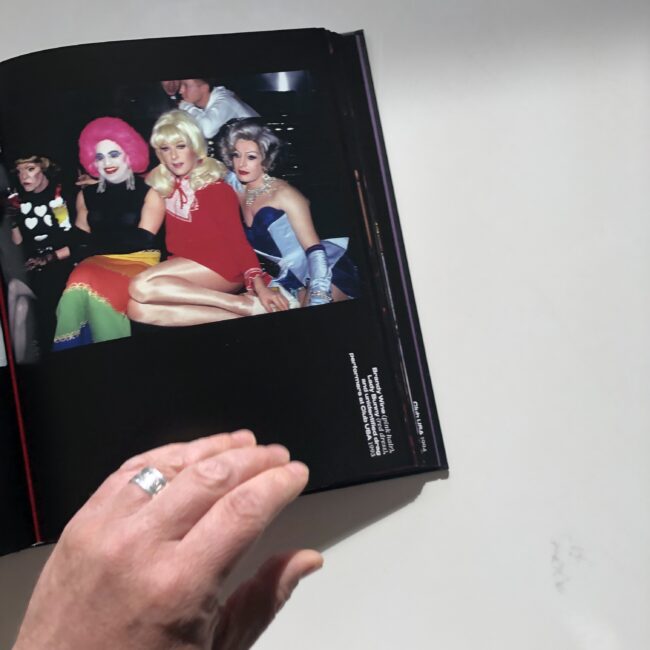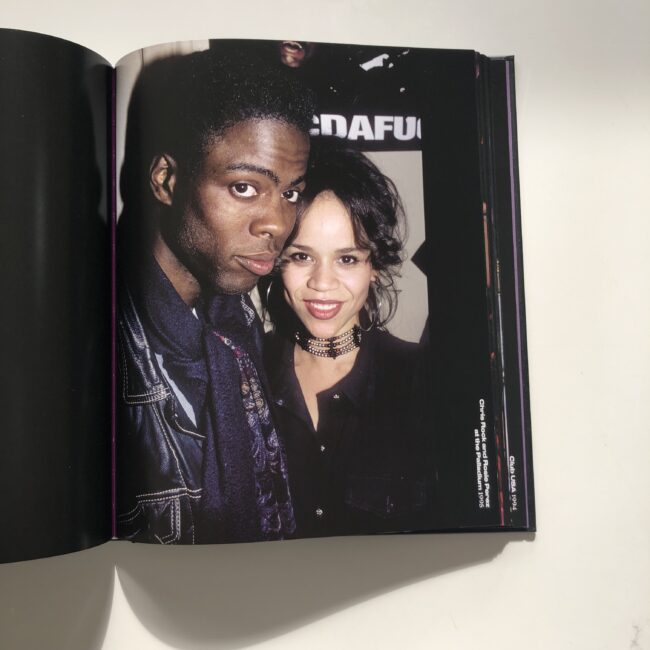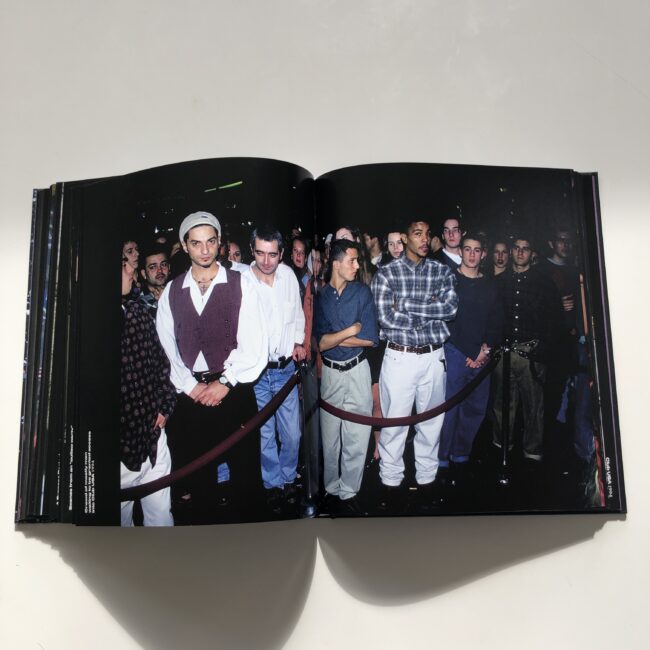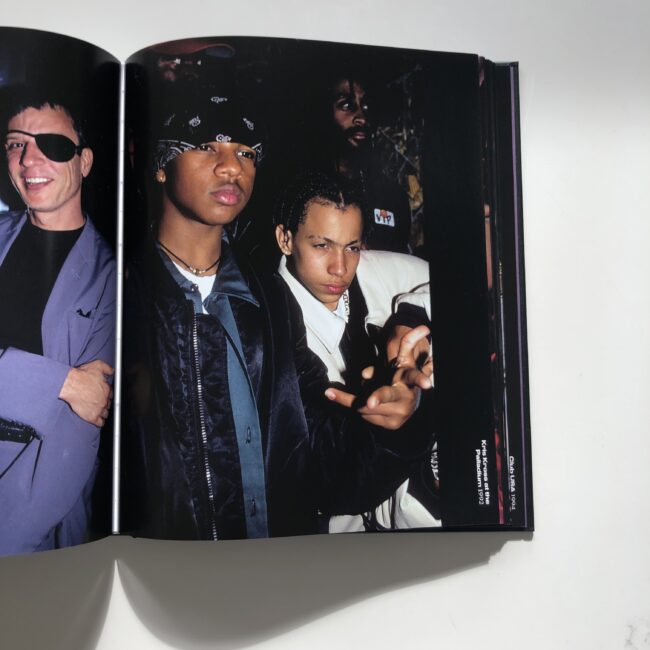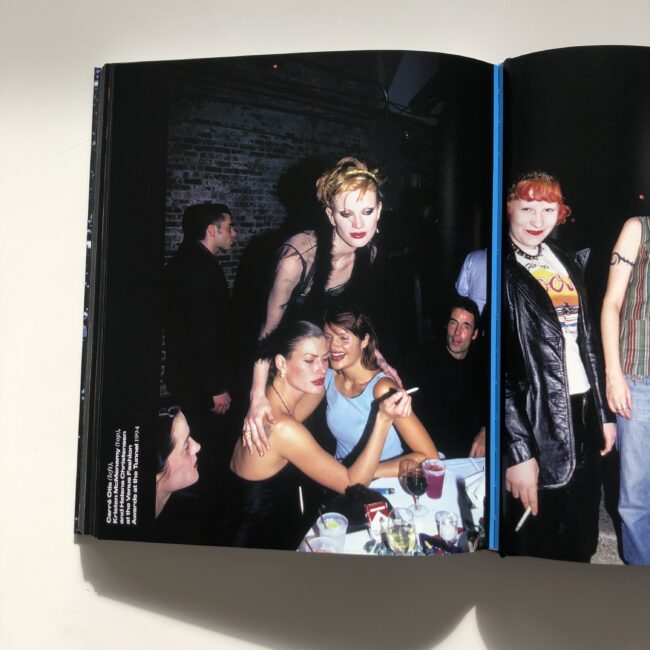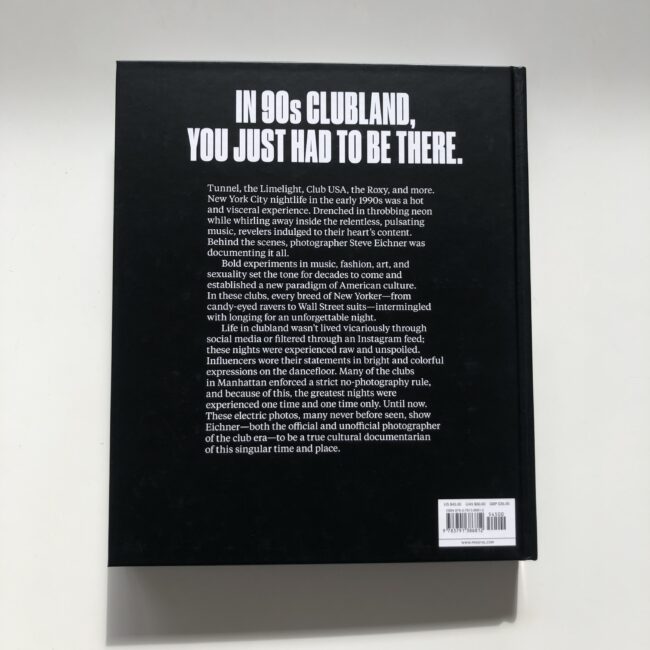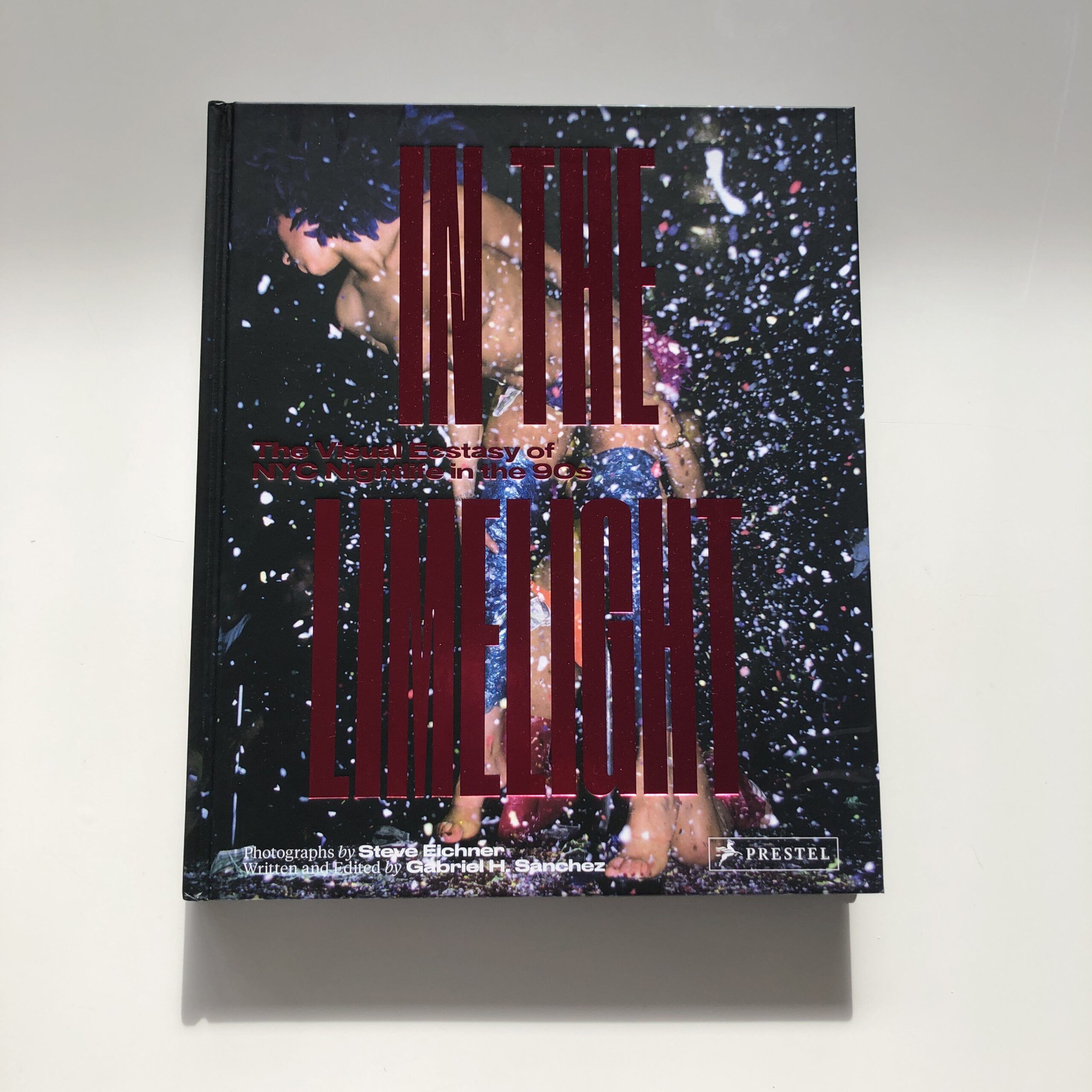
Cultures change.
Everything changes, as entropy is the natural state of the Universe.
Often, the major drivers of cultural change are technological, biological, or because of human migratory patterns.
The first is obvious, as inventions like the airplane, the automobile, and the internet radically altered the way people engage with society.
The second should be beyond-obvious, as the coronavirus that causes Covid-19 upended just about everything, with respect to the way life is experienced on Earth.
The last, though, is least understood, as far as when and why it happens, and is often reduced to terms like gentrification, when it’s on a small scale.
Big things like climate change, or war, can cause massive amounts of humans to move at once, as we saw in Europe a few years back, when people were fleeing places like Syria and Afghanistan, en masse.
On a micro-level, though, it’s often tied to economics, or what people perceive to be the hot, new thing.
I experienced gentrification first hand, back in Greenpoint, Brooklyn in 2005, yet mostly denied the reality that I had been on the first wave of artsy-hipsters moving into an almost-entirely-Polish neighborhood in 2002.
By the time is was properly trendy, in ’05, I wanted no part of it, because if I’d planned to live around a bunch of people like me, I would have chosen Williamsburg, or the Lower East Side.
Right now, I’ve noticed the first hints of cultural change here in Taos, as we’ve seen thousands of new people move here, during the pandemic, for the wide open spaces, clean air, and relatively rich culture, for a micro-city. (Though I still insist the restaurants suck.)
I’ve had lots of discussions about this in the last few months, as we could see people had come here, with California, Oregon, Washington and Colorado license plates, altering traffic patterns, but it was hard to know for sure, as almost everyone was locked down.
And the Instagram-nature of life these days, where beauty is seen as a backdrop, with locations appreciated as something to stand in front of for a photo, plus the reality of remote work, meant that many-if-not-all of the new-comers have not assimilated into society yet.
What will that look like when they do, I’ve mused to anyone would would listen to my ranting?
Won’t the waves of Californians look around, notice Taos lacks a lot of the base-level things they’ve come to appreciate about life, and then decide to leave, or change things?
I’m no Nostradamus, but just yesterday, I saw my first evidence, as my son was invited into a free, youth basketball program, as no such thing existed.
Everywhere else, they have youth sports, but outside of soccer season, Taos was a barren desert.
Sure enough, the coach is from NorCal, and took it upon himself to start something up for the community, because he had a boy in that age-group, and there was no basketball to be had.
Things change, and sometimes for the better.
New York City is poised to have a party summer, so says the media, as America’s biggest megalopolis gets sweaty in the hot season, and people have been cooped up for So Damn Long.
Throw in the high rates of vaccination in the blue states, (relative to the red ones,) and it’s shaping up to be a rockin’ good time, with dancing in the streets, block parties galore, beer and weed on the stoops, and diverse people getting to talk to one another again, face to face.
But I’m guessing this will mostly happen in the outer boroughs, as who can afford to live in Manhattan anymore? (Unless the Covid-rent-drops stick around.)
Manhattan used to a borough in which people lived, worked, and celebrated, but over the years, it morphed into a culture for the mega-rich to keep investment homes, the worker bees to head to office towers, and the tourists to come in droves to shop.
The changes, in the form of gentrification, came when certain downtown neighborhoods turned from dangerous to chic, (like SoHo and Tribeca,) and the internet began broadcasting the NYC way of life to the rest of Earth.
So obviously it affected the city, with diners giving way to cafes, and night clubs becoming WeWork offices. (OK, so I skipped a step on that last one. But you get the point.)
Back in the day, before the advent of social media, people who wanted to know what was up had to stay up late, drink lots of alcohol, (or do some blow or X,) and then wait behind a velvet rope to get into a club, unless they were rich and/or famous.
That scent of exclusivity was intoxicating for the masses, as they really wanted to get into that room, where they could drink, dance, observe, talk, kiss, grind, look at art, revel in fashion, or perhaps embrace a persona that would be verboten back in Bay Ridge.
So much of that is gone now.
Unless…
Unless there were a photo book that captured the purity of that 90’s vibe: the mashup of drag queens, models, actors, wannabes, pretty people, and stylish regular folks.
Wouldn’t it be cool if we could see all that, in front of our eyes, hold it in our hands, as if it were still alive today?
(You know where I’m going with this.)
There is such a book, and it arrived in my mailbox back in October, shortly before the Covid surge that killed half a million people, and rocked New York, America, and the world. (Sending lots of love to everyone in India right now.)
It’s called “In the Limelight: The Visual Ecstasy of NYC Nightlife in the 90’s,” by Steve Eichner, edited by Gabriel H. Sanchez, and published by Prestel in 2020.
Not sure why I never made the connection, when I glanced at the press release, but Steve is brothers with Billy Eichner, one of the funniest people alive, and a man whose entire existence would have been altered by the pandemic.
(I mean, have you seen “Billy on the Street,” in which he charges at strangers on the sidewalk, like a drunk bull, and screams absurdist, often genius, questions at them on camera?)
But we’re talking about Steve today, not Billy, and his book was a trip down memory lane for me, culturally, if not literally. (I did party once at Nell’s on 14th Street, in 1996, when I was working on “The Devil’s Advocate,” but it was a one-time thing.)
The photos show off the vibe, and are colorful and alive. The mise-en-scene is just right, because Steve Eichner was the house photographer for Peter Gatien’s club empire, including the Limelight, the Tunnel, Club USA and more.
Apparently, these slides sat in boxes in storage in Long Beach, Long Island, for decades, before being rescued, to give us a vision of what Party City NYC #2021 might look like, come July.
(But with different fashion, obv.)
So many bold faced names, including De Niro with Chazz Palminteri, Tupac, Madonna, RuPaul, Leo DiCaprio with Dennis Hopper, Grace Jones, Debbie Harry, Patrick Swayze, Wesley Snipes, Chris Rock, Kris Kross, the Supermodels, Jim Jarmusch with Joe Strummer!, TLC, Don Knotts???, the Olsen Twins??????, Mickey Rourke, and more.
We get a shot of Mark Wahlberg and his “entourage,” and I swear, if you can’t tell which guy was Turtle, and which was E, you’re really not trying.
Of course, this being New York, we get a photograph of Donald Trump, with appropriate red-eye and red tie, holding his belt like the gunslinger he’d become 20 years later.
(Seriously. Fuck that guy.)
The introductions tell us that Peter Gatien got busted for tax evasion, like his Studio 54 predecessors, and was deported to Canada, his home country.
The rents got too high, the clubs closed, and that was that.
End of an era.
Like I said, cultures change, for good and for bad.
These days, if you want to know what a celebrity is wearing, you hit up Instagram.
If you want people to be jealous, you photograph yourself in front of a pretty, exclusive, or expensive backdrop.
(If it isn’t photographed, it didn’t happen.)
But in the 90’s, you had to be there, or you had to hope a good nightlife-photographer took your picture, and that at some point down the line, other people would see how fly you looked.
Who’s ready to party!
To purchase “In the Limelight” click here

